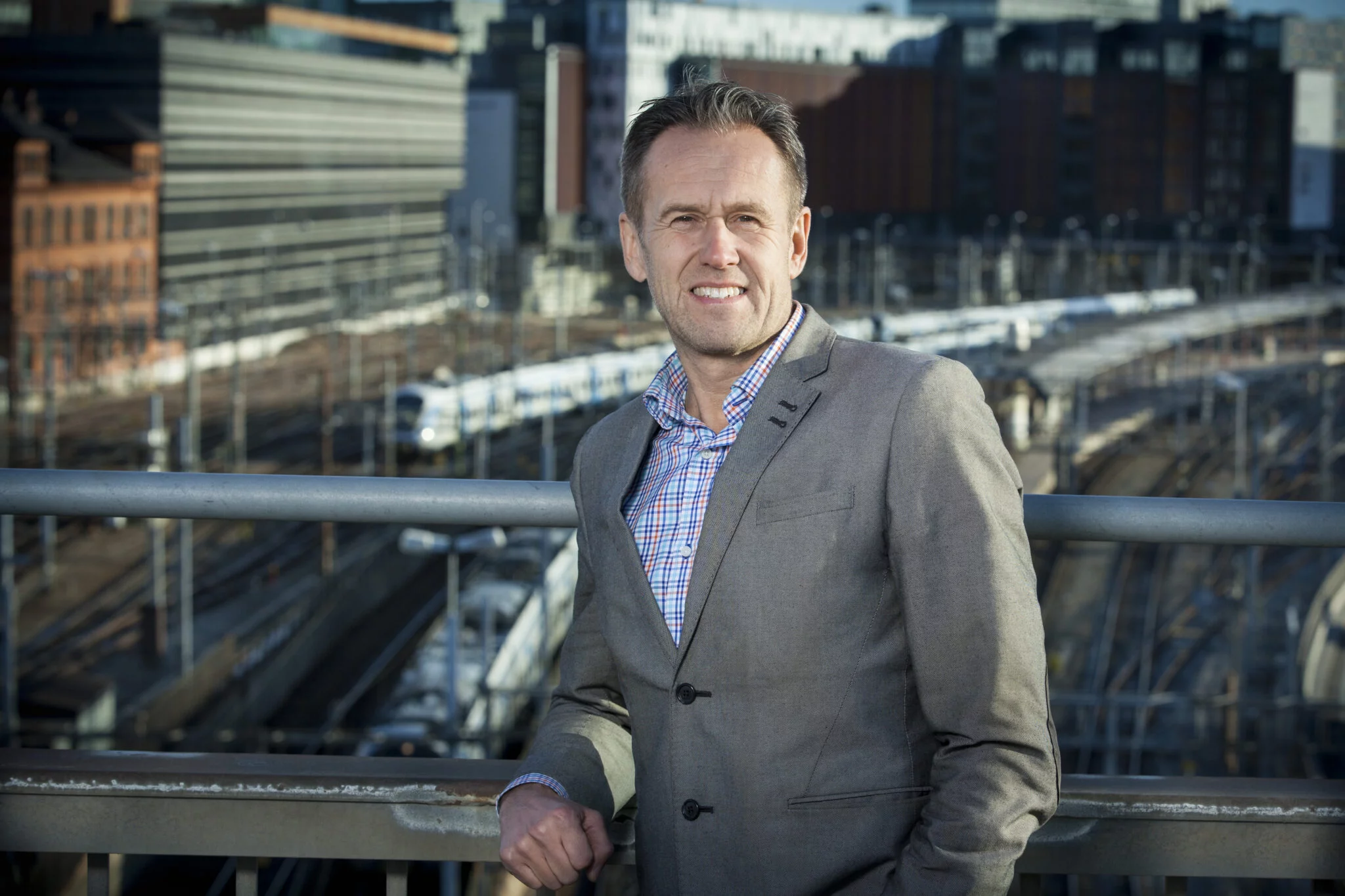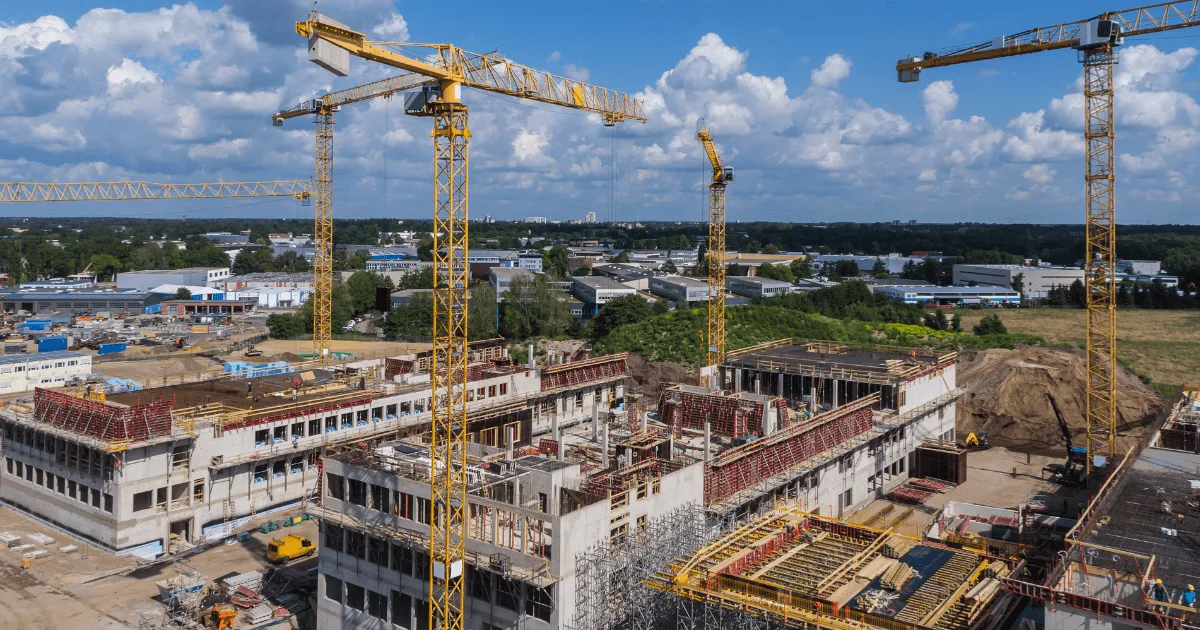The mine, the food and the environment
Fossil Free Sweden is working to step up efforts towards climate-change adaptation and mitigation. The aim is to build a strong industry and create more jobs and opportunities for export by being fossil-free. Fossil Free Sweden was created in 2015 as a government initiative and is supported by a secretariat under the direction of a national coordinator. Svante Axelsson is the national coordinator for Fossil Free Sweden. He has a background as an environmental economist and has previously served as secretary-general for the Swedish Society for Nature Conservation

Within the framework for Fossil Free Sweden, 22 different industrial sectors, among others, the agriculture sector and the mining and minerals industry, have presented roadmaps for fossil-free competitiveness.
“These plans show that freedom from fossil fuels is feasible and good for competition; that is if we can rely on government support on various types of decisions. This may include everything from speeding up permitting processes to state-guaranteed loans and other measures. There are no extreme demands, but it takes two to tango,” says Svante Axelsson.
Domestic production of phosphorus is a valuable opportunity
As a trained agronomist (someone with an academic degree in agricultural sciences) Svante thinks that the ReeMAP project is inspiring.
“For me, it’s very encouraging to hear about upcoming projects and your ideas. Phosphorus fertiliser, used in agriculture, is a finite resource that is vital for food production and often contains cadmium. If we in Sweden can produce phosphorus without cadmium, we stand to gain much more than just climate benefit,” explains Svante.
Cadmium-free mineral fertiliser reduces risk to health
To maintain good yields, farmers must add fertilisers to croplands. Supplements added to the soil can then be taken up by growing plants. Only 10 per cent of the phosphorus that European agriculture needs, is produced in the EU. In addition, much of the imported material contains impurities such as cadmium. A study by the Swedish Chemicals Agency states that the amount of cadmium in mineral fertilisers and sludge (sewage sludge is used in agriculture as a source of nutrients including phosphorus) must be minimised.
Cadmium ends up in the food on our table. Also, cadmium exposure is known to cause osteoporosis. This disease implies costs to the Swedish society alone, of as much as four billion Swedish Krona (SEK) annually. Measures for reducing cadmium in mineral fertilisers have long been an important issue for organisations including Lantbrukarnas Riksförbund (the Federation of Swedish Farmers) and Lantmännen, the Swedish agricultural cooperative. When the EU voted to impose new limit values in 2018, Sweden got dispensation. It was able to keep a lower maximum limit value for cadmium in fertilisers, compared to other EU countries.
LKAB’s planned production phosphorus mineral fertiliser will provide a pure product with high phosphorus content. This is partly because the recovered mine waste does not have high cadmium content. Also, LKAB is investing in a process for which there are stringent requirements. Project manager Ulrika Håkansson explains, “We plan to separate all valuable minerals, such as rare earth elements, gypsum and fluorine, from the phosphorus product we intend to manufacture. At the same time, we will separate undesirable elements from the product. Others can also do this, but it costs more.”
Fossil-free mineral fertiliser is a prerequisite for fossil-free agriculture
The roadmap for the agricultural sector states that input materials, such as fuel and fertilisers, have to be produced without the use of fossil fuels. There is currently no such production. Conventionally manufactured mineral fertiliser relies on mining of phosphate rock and the use of ammonia. Ammonia is mainly produced with natural gas and results in 2.5 tonnes of CO2 emissions per tonne of mineral fertiliser. To produce green (fossil-free) ammonia, LKAB plans to produce hydrogen via electrolysis of water using fossil-free electricity.
“Agricultural carbon-dioxide emissions from fossil sources are largely due to mineral fertiliser and phosphorus. Here, hydrogen for mineral fertiliser production and fossil-free phosphorus production, which we do not yet have, are both important,” says Svante Axelsson.
Driving forces in the market
A production that is circular and free from fossil fuels can mean a more significant competitive advantage in the future, but at the risk of increased costs.
“The food industry envisions climate-impact labelling for food products. Eventually, fossil-free products may be a consumer choice. This could also be prioritised in public procurement; showing climate benefit could be a competitive tool. But the issue of fuel also comes into play,” explains Svante, referring specifically to biofuels such as ethanol. “Use of biofuels is a way of reducing climate impact; then, we can grow crops with fossil-free mineral fertilisers to gain maximum benefit.”
The mining industry benefits from circularity and freedom from fossil fuels
“We talk about urban mining, looking at what is available in the technosphere in terms of scrap metals and materials that can be recovered from discarded devices; but also, and not least, slag heaps and what has already been removed from the mines. If we can get more from what has already been taken out, there can be a route to finding these metals with as little environmental impact as possible. That is circularity in a broad sense. We are going to face a fight over raw materials globally, and then it will be a matter of achieving a sustainable raw-materials or materials supply. Here, ReeMAP is a good example,” concludes Svante.




